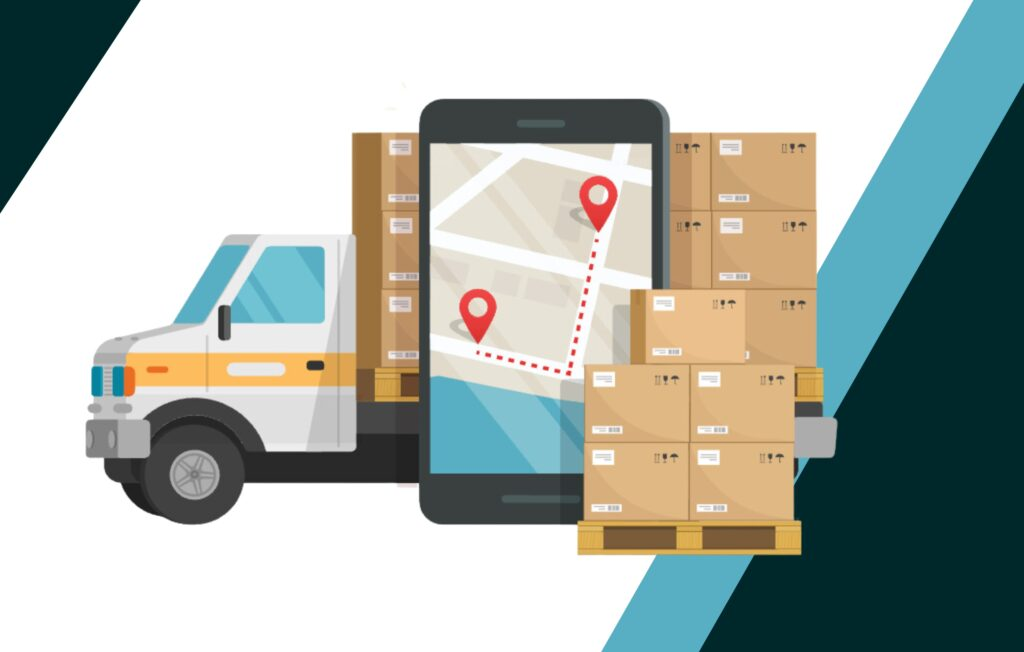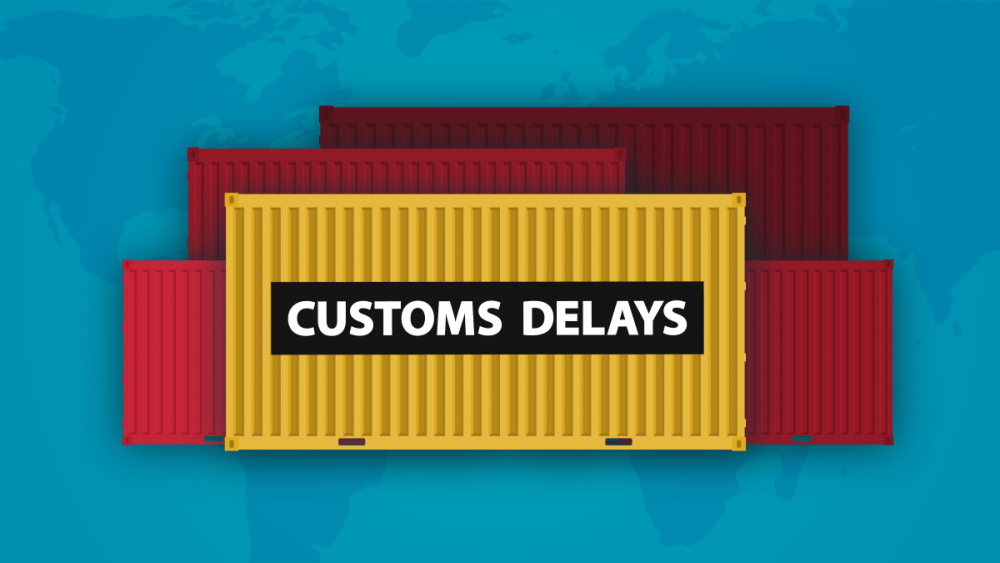Ecommerce Shipping Integration Warning: Avoid These Costly Mistakes
When setting up an online store, shipping can quickly become your biggest challenge. Customers expect fast, affordable, and trackable deliveries. That’s where Ecommerce Shipping Integration comes in—it connects your store with shipping carriers to automate orders, rates, and tracking. But while integration can transform your operations, mistakes in setup or usage often lead to high costs, frustrated customers, and lost sales. This guide highlights the most common errors and explains how to avoid them.

Why Do Mistakes in Ecommerce Shipping Integration Matter?
Errors in shipping don’t just affect logistics—they directly impact profits and customer satisfaction. So why are these mistakes so damaging?
Do They Increase Costs?
Yes. Poor setup often results in overpaying for shipping, missing out on carrier discounts, or choosing inefficient routes. These small missteps add up quickly.
Can They Damage Customer Experience?
Definitely. Late deliveries, wrong addresses, or missing tracking updates frustrate buyers. Even a single bad experience can push a customer toward a competitor.
Do They Slow Down Operations?
Without smooth integration, your team wastes hours handling manual tasks like inputting addresses or comparing carrier rates. This slows down fulfillment and limits growth.
Mistake 1: Ignoring Multi-Carrier Options
Why Is Relying on One Carrier Risky?
Sticking to a single carrier may seem simple, but it reduces flexibility. If that carrier raises prices, has service outages, or fails in a region, your business suffers.

What’s the Better Approach?
Choose an Ecommerce Shipping Integration that supports multiple carriers like USPS, UPS, FedEx, DHL, and regional couriers. This gives your business flexibility and control:
- Compare real-time rates – Instead of manually checking each carrier’s website, integration tools automatically pull live rates from all supported carriers. This lets you quickly identify the most affordable or cost-efficient option for each order. For example, USPS might be cheaper for lightweight packages, while UPS or FedEx may be better for heavier shipments.
- Select faster or cheaper options – Not all customers want the same shipping speed. Some are willing to pay extra for two-day delivery, while others prefer the lowest-cost option. Multi-carrier integration empowers you to offer both choices at checkout, giving customers the flexibility they expect and increasing conversion rates.
- Avoid service disruptions – Carrier networks sometimes face delays, strikes, or regional service issues. If you depend on just one provider, your entire shipping operation can grind to a halt. But with multiple carriers integrated, you can instantly reroute shipments through another provider to keep orders moving without interruptions.
By integrating multiple carriers, you save money, keep orders moving, and improve customer satisfaction.
Mistake 2: Not Automating Shipping Labels
What Goes Wrong Without Automation?
Manually typing addresses leads to errors, delays, and wasted time. Even small mistakes can cause packages to be lost or returned.

How Does Automation Fix It?
With integration, shipping labels generate automatically. Systems pull details directly from your ecommerce orders, ensuring accuracy and speed. Bulk label printing also cuts down processing time during busy seasons.
Mistake 3: Overlooking Real-Time Tracking
Why Is Tracking Essential?
Customers want to know where their order is at all times. Without updates, they may flood your support inbox with inquiries—or worse, lose trust in your brand.
What Should You Do?
Pick an integration that sends automatic tracking notifications. This not only improves customer confidence but also reduces support workload.
Mistake 4: Ignoring International Shipping Needs
What Problems Arise Without Global Support?
If your system doesn’t handle international shipping, you risk delays at customs, wrong documentation, and unexpected fees. This frustrates global buyers and limits your market.

What’s the Solution?
Ensure your integration includes international carriers, customs forms, and accurate tax calculations. A strong system simplifies global expansion.
Mistake 5: Forgetting to Compare Carrier Rates
How Much Can This Cost You?
Shipping costs vary widely between carriers and regions. Without rate comparison, you may overpay for every package.
How to Avoid This?
Use integration tools that show live carrier rates. This way, you can always choose the best mix of cost and delivery speed.
Mistake 6: Not Preparing for Returns
Why Do Returns Matter?
Returns are part of ecommerce, whether you sell fashion, electronics, or home goods. Without a clear returns process, you risk losing customers permanently.

How Can Integration Help?
Integrated shipping systems generate return labels automatically. They make the process easier for customers and reduce workload for your team.
Mistake 7: Choosing a Complicated System
What’s the Risk?
A complex system confuses staff and delays operations. If it requires constant technical support, it’s not practical for daily use.
What’s the Smarter Choice?
Select an Ecommerce Shipping Integration with a user-friendly dashboard. Even non-technical staff should be able to manage labels, tracking, and returns easily.
Mistake 8: Failing to Scale With Growth
Why Is Scalability Important?
What works for 50 orders a month may collapse under 500. If your system can’t scale, you’ll face bottlenecks during peak sales periods.

What Should You Look For?
Pick a solution that grows with your business. Features like batch processing, bulk label printing, and API support ensure smooth scaling.
Mistake 9: Not Taking Advantage of Discounts
Are You Missing Out on Savings?
Many integrations come with pre-negotiated shipping discounts. If you don’t activate them, you’re leaving money on the table.
What’s the Fix?
Check if your integration offers discounted carrier rates. This can significantly lower costs without requiring individual negotiations.
Mistake 10: Forgetting About Customer Communication
How Do Communication Gaps Hurt?
If customers don’t receive order confirmations, tracking updates, or delivery alerts, they may assume your store is unreliable.

How to Improve?
Choose a system that automates communication. Integration should send emails or SMS updates at every step of the journey.
What Questions Should You Ask Before Choosing a Shipping Integration?
To avoid costly mistakes, ask yourself:
- Does it support multiple carriers and international shipping?
- Is the system easy for my team to use?
- Can it handle growth during peak sales?
- Does it provide automated labels, tracking, and returns?
- Are discounted rates included?
How Can Ecommerce Shipping Integration Future-Proof Your Business?
The future of ecommerce is faster delivery, flexible returns, and global reach. A strong shipping integration not only avoids costly mistakes but also keeps you ahead of competitors. By automating tasks, reducing errors, and improving customer satisfaction, you build a scalable business that can thrive long-term.
Conclusion
Ecommerce Shipping Integration is essential for online stores, but only when done right. Mistakes like ignoring multi-carrier options, failing to automate, or neglecting tracking can cost you money and customers. By choosing a smart, scalable solution, you save time, cut costs, and deliver a better shopping experience.
To explore shipping solutions designed to simplify your business, visit Postalparcel.
Industry Insights
news via inbox
Nulla turp dis cursus. Integer liberos euismod pretium faucibua








